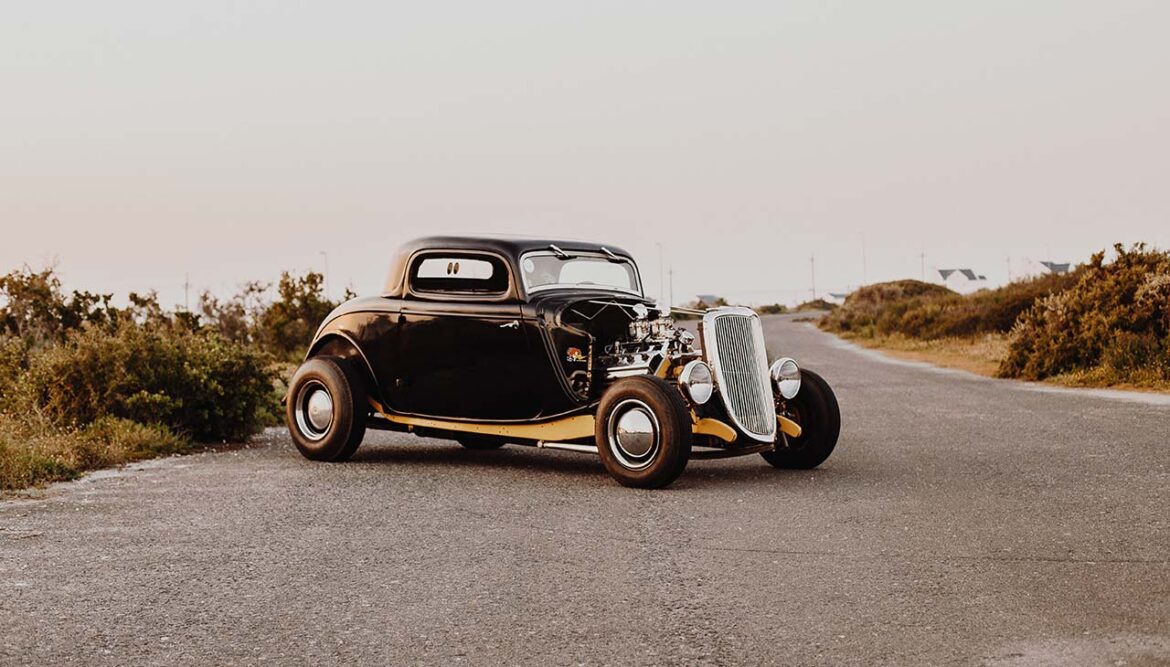Ultimate Guide to Restoring Vintage Cars: Tips and Techniques
Vintage car restoration is an art that requires patience, precision, and a deep appreciation for automotive history. Whether you are a seasoned mechanic or a newcomer to the world of classic autos, this guide aims to equip you with the knowledge and techniques necessary to breathe new life into these timeless machines. As we delve into the intricacies of restoration, we will cover everything from sourcing authentic parts to the fine-tuning of engines, ensuring your vintage pride and joy is both show-worthy and road-ready. Buckle up and prepare to embark on a rewarding journey through the past, one polished chrome detail at a time.
Getting Started
Researching Your Car’s History and Model Specifics
Before you reach for the wrench, it’s important to dive into the archives and learn about your car’s specific model and its place in automotive history. Understanding the era your car was manufactured in, its original features, and production nuances will provide you with invaluable insight that guides your restoration choices. Authenticity is the hallmark of any respected restoration, and this can only be achieved through meticulous research. From visiting car shows to consulting with auto enthusiasts and historians, take the time to build a comprehensive picture of your vintage car’s legacy.
Setting Restoration Goals
Once you have a firm grasp of your car’s historical context, it’s time to set clear and achievable goals for your restoration. Ask yourself what you want to accomplish. Are you aiming for a factory-fresh look, a modified hot rod, or simply getting the engine to purr once again? Defining the scope of your restoration from the get-go will streamline the process and help in managing expectations.
Planning Your Budget and Timeline
Equally critical to a successful restoration is establishing a realistic budget and timeline. Vintage car restoration can be a costly endeavor, with expenses often outpacing initial estimates. Itemize potential costs, including parts, labor, tools, and unforeseen expenses, then add a financial cushion for surprises along the way. Paired with a well-structured timeline that accommodates for the often lengthy process of locating parts and completing intricate work, your budget will serve as a roadmap to seeing your project through to completion without unnecessary detours.
Sourcing Parts and Materials
Strategies for Finding Authentic or High-Quality Replacement Parts
When in the market for replacement parts, authentic and high-quality alternatives are the gold standards for a genuine restoration. Start by connecting with vintage car clubs and online communities; they are treasure troves of information and resources. Enthusiasts often share tips on where to find rare components and which suppliers are reputable. Moreover, consider attending swap meets and auctions that specialize in classic cars – these venues sometimes hold the key to finding the perfect part.
Tips for Evaluating the Condition of Used Parts
Inspecting used parts requires a discerning eye. Always look for signs of wear, corrosion, or previous repairs, which could compromise the part’s integrity. Non-visible internal damage can pose even more risk, so if possible, enlist the expertise of a professional mechanic when assessing parts like engines or transmissions. It’s also helpful to compare the part against original specifications or reference materials to ensure proper fit and function.
Recommended Suppliers and Resources
Reliable suppliers are instrumental in the restoration process. Well-established companies like Hemmings and Classic Industries have a long history of supplying quality vintage car parts. For those preferring to shop in person, local specialty automotive restoration shops can provide personalized service and expert advice. Additionally, online marketplaces such as eBay Motors can be useful for finding specific parts, but always read the seller’s reviews and return policies before making a purchase. Remember, investing time in finding the right supplier can make or break the authenticity of your restoration project.
Tools and Equipment
Essential Tools for a Vintage Car Restoration Toolkit
A well-equipped toolkit is the foundation of any vintage car restoration project. You’ll need a variety of hand tools such as wrenches, pliers, screwdrivers, and sockets – preferably in both metric and standard sizes to cover the range of cars you may encounter. Specialty tools like torque wrenches ensure components are fastened to exact specifications, which is crucial for both performance and safety. Additionally, items like a quality jack, jack stands, and a creeper will facilitate undercarriage work.
Specialty Equipment for Specific Restoration Tasks
For more detailed restoration work, specialty tools become vital. A media blaster can remove rust and old paint with precision, while a high-quality spray gun is essential for a professional paint job. Sheet metal tools, including hammers, dollies, and shears are indispensable for bodywork, as are welding equipment for any metal repairs or customizations. For engine diagnostics and tuning, a compression tester and timing light might be required.
Safety Considerations and Best Practices
Safety must always take precedence in your restoration shop. Always wear appropriate personal protective equipment (PPE) like gloves, eye protection, and respirators when handling chemicals or performing tasks that produce dust or fumes. Additionally, equip your workshop with fire extinguishers, first aid kits, and an emergency eye wash station. Maintain a clean, well-ventilated workspace and be mindful of trip hazards around the vehicle. When using power tools or equipment, ensure that they are in good condition and you are trained in their proper use to prevent injuries. Regular safety inspections of your tools and equipment can mitigate potential risks, ensuring a safe and productive restoration experience.

